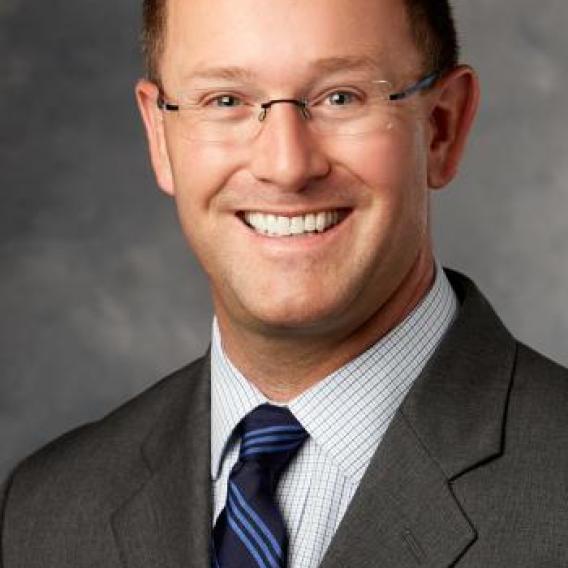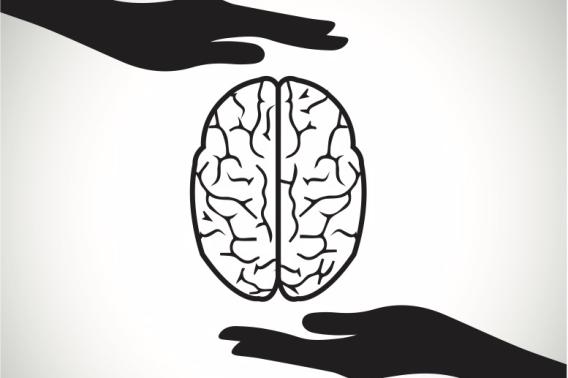Image

Jeremy J. Heit, MD, PhD
Associate Professor - University Medical Line, Radiology
Associate Professor - University Medical Line (By courtesy), Neurosurgery
Member, Bio-X
Member, Wu Tsai Neurosciences Institute
Board Certification: American Board of Radiology, Neuroradiology (2018)
Fellowship: Stanford University Radiology Fellowships (2015) CA
Board Certification: American Board of Radiology, Diagnostic Radiology (2013)
Residency: Massachusetts General Hospital Radiology Residency (2013) MA
Internship: Brigham and Women's Hospital Internal Medicine Residency (2009) MA
Medical Education: Stanford University School of Medicine (2008) CA
PhD, Stanford University Medical School, Developmental Biology (2007)
BA, University of Colorado at Boulder, Biochemistry, Summa Cum Laude, and Molecular, Cellular, and Developmental Biology (2000)
Affiliation:
Committee:
Dr. Jeremy Heit is an Associate Professor of Radiology and of Neurosurgery and the Chief of Neuroimaging and Neurointervention at Stanford University. Dr. Jeremy Heit is a neurointerventional surgeon (neurointerventional radiologist) who specializes in treating stroke, brain aneurysms, brain arteriovenous malformations, brain and spinal dural arteriovenous fistulae, carotid artery stenosis, vertebral body compression fractures, and congenital vascular malformations. Dr. Heit treats all of these conditions using minimally-invasive, image-guided procedures and state-of-the-art technology.
Dr. Heit’s research seeks to understand the genetic, developmental, and pathophysiologic basis of cerebrovascular disease. In addition, his group is developing new minimally invasive, image-guided treatments for ischemic and hemorrhagic stroke. He has authored over 150 publications and is an investigator on multiple grants, including the CRISP 2 and DEFUSE 3 studies. He is the co-PI of the NIH-funded PRECISE basilar thrombectomy study.
For more information about Dr. Heit's research lab, please visit:
www.heitlab.com
Dr. Heit’s research seeks to understand the genetic, developmental, and pathophysiologic basis of cerebrovascular disease. In addition, his group is developing new minimally invasive, image-guided treatments for ischemic and hemorrhagic stroke. He has authored over 150 publications and is an investigator on multiple grants, including the CRISP 2 and DEFUSE 3 studies. He is the co-PI of the NIH-funded PRECISE basilar thrombectomy study.
For more information about Dr. Heit's research lab, please visit:
www.heitlab.com
